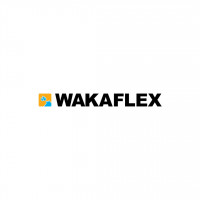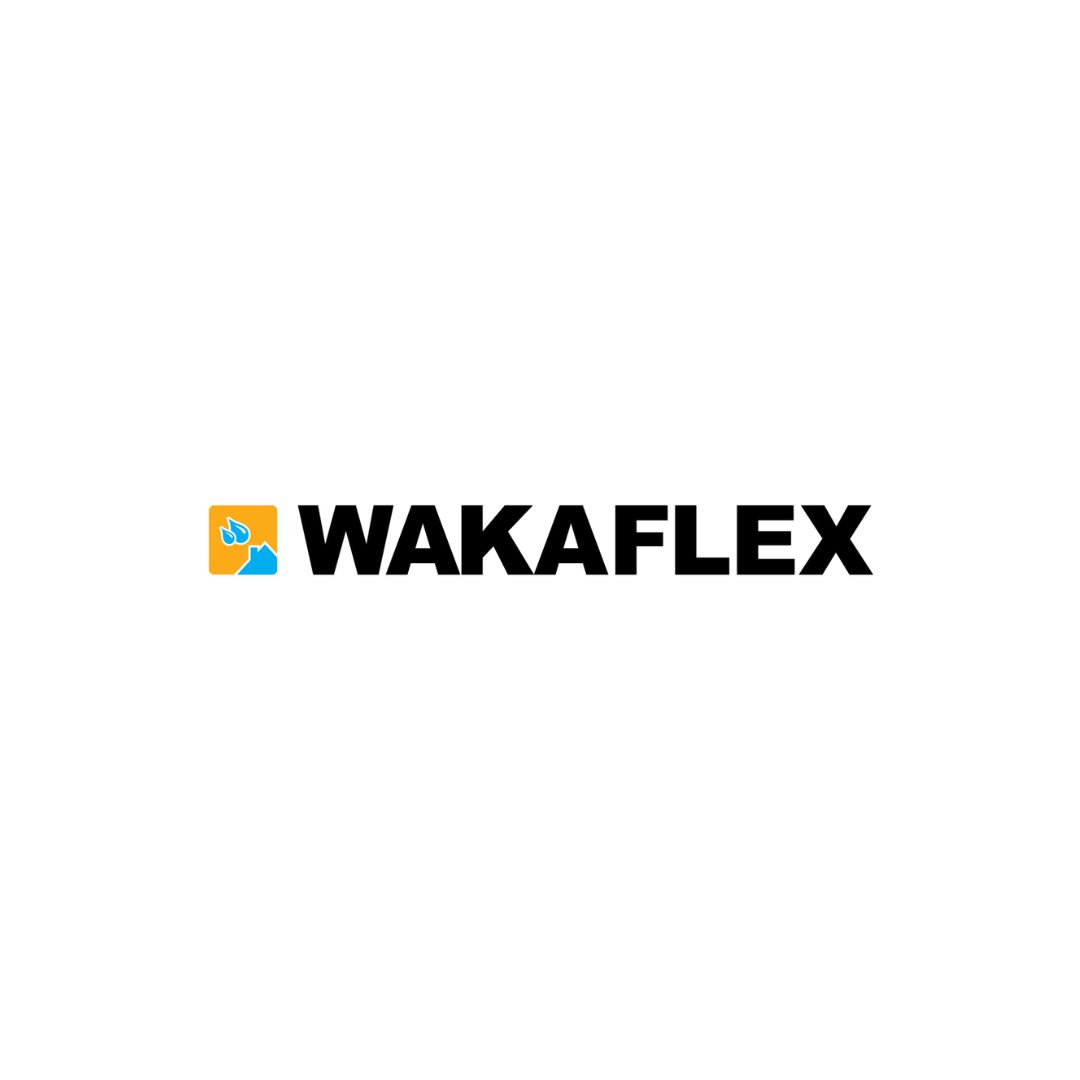The Best Roof Flashing Materials for Australia's Harsh Weather

Strong 8k brings an ultra-HD IPTV experience to your living room and your pocket.
Australia’s climate is as diverse as it is unforgiving, with blistering heat, torrential rains, and gale-force winds testing the resilience of every home. Roof flashing, a critical component in waterproofing, seals joints and edges to prevent leaks around chimneys, skylights, and roof valleys. Choosing the right roof flashing material is essential to withstand Australia’s extreme weather, from UV exposure to coastal storms. This guide explores the best materials for 2025, ensuring durability, compliance, and value for Australian homeowners and builders.
Why Roof Flashing Matters in Australia
Roof flashing protects vulnerable areas where roofing materials meet, such as vents or walls, directing water away to prevent damage. In Australia, flashing must endure intense sunlight, temperature swings from -5°C in alpine areas to 45°C in the outback, and heavy rainfall in tropical regions. Poor-quality flashing can crack, corrode, or peel, leading to costly repairs. Selecting materials that meet Australian standards, like AS/NZS 2904:1995, ensures a watertight seal and long-term performance.
Top Roof Flashing Materials for 2025
1. Aluminium Flashing
Aluminium is a lightweight, corrosion-resistant choice for roof flashing, ideal for coastal areas where salt air accelerates rust. Its flexibility allows it to fit complex roof shapes, and powder-coated options enhance UV resistance. Aluminium is cost-effective, typically priced at $10–$20 per metre, and suits modern homes with metal roofs. However, it may dent under hail, so thicker gauges are recommended for storm-prone regions.
2. Colorbond Steel
Colorbond steel, a staple in Australian roofing, offers durability and aesthetic appeal. This pre-painted steel resists chipping and fading, making it perfect for harsh UV conditions. Available in colours to match roofing tiles, Colorbond roof flashing ensures seamless integration. Priced at $15–$25 per metre, it’s BAL-29 compliant for bushfire zones, a key consideration for rural builds. Its rigidity requires precise installation to avoid gaps.
3. Butyl Rubber Flashing Tape
Butyl rubber flashing tape, like that offered by Wakaflex, is a versatile, self-adhesive solution for quick installations. It adheres to brick, tile, and metal, providing a flexible seal for irregular surfaces. UV-resistant and effective from -40°C to 100°C, it’s ideal for Australia’s temperature extremes. Priced at $30–$50 per roll (10m), it’s eco-friendly and lead-free, aligning with sustainable building trends. It’s best for low-slope roofs or window seals but may need periodic checks in high-wind areas.
4. Lead-Free Polyisobutylene (PIB) Flashing
PIB-based flashing, such as Wakaflex, combines flexibility, UV stability, and non-toxic properties. Designed for longevity, it resists cracking and adheres strongly, even on damp surfaces. Priced at $40–$60 per roll, it’s BAL-29 approved and available in Terracotta or Black to blend with roofs. PIB flashing is perfect for bushfire-prone areas and modern homes prioritising green materials, though it’s less common in traditional builds.
Choosing the Right Material
Climate Match: Aluminium suits coastal homes, while Colorbond excels in bushfire zones. Butyl or PIB tapes are versatile for mixed climates.
Roof Type: Ensure compatibility with tiles, metal, or shingles. Check manufacturer specs for adhesion and expansion.
Budget: Aluminium and Colorbond are affordable, while PIB offers premium durability.
Installation: Tapes are DIY-friendly; metal flashing often requires professional fitting for precision.
Tips for Installation and Maintenance
Clean surfaces thoroughly before applying roof flashing to ensure adhesion. Use primers for porous materials like concrete. Inspect seals annually, especially before the wet season, to catch wear or lifting. For metal flashing, check for corrosion in coastal areas and reapply coatings as needed. Hiring a licensed roofer ensures compliance with Australian building codes.
Final Thoughts
Investing in quality roof flashing safeguards your home against Australia’s harsh weather. Aluminium, Colorbond, butyl tape, and PIB flashing each offer unique benefits, from affordability to eco-friendly design. Choose based on your climate, roof type, and budget to ensure a leak-free home. With the right material, your roof will stand strong through storms, heat, and time.
Note: IndiBlogHub features both user-submitted and editorial content. We do not verify third-party contributions. Read our Disclaimer and Privacy Policyfor details.



